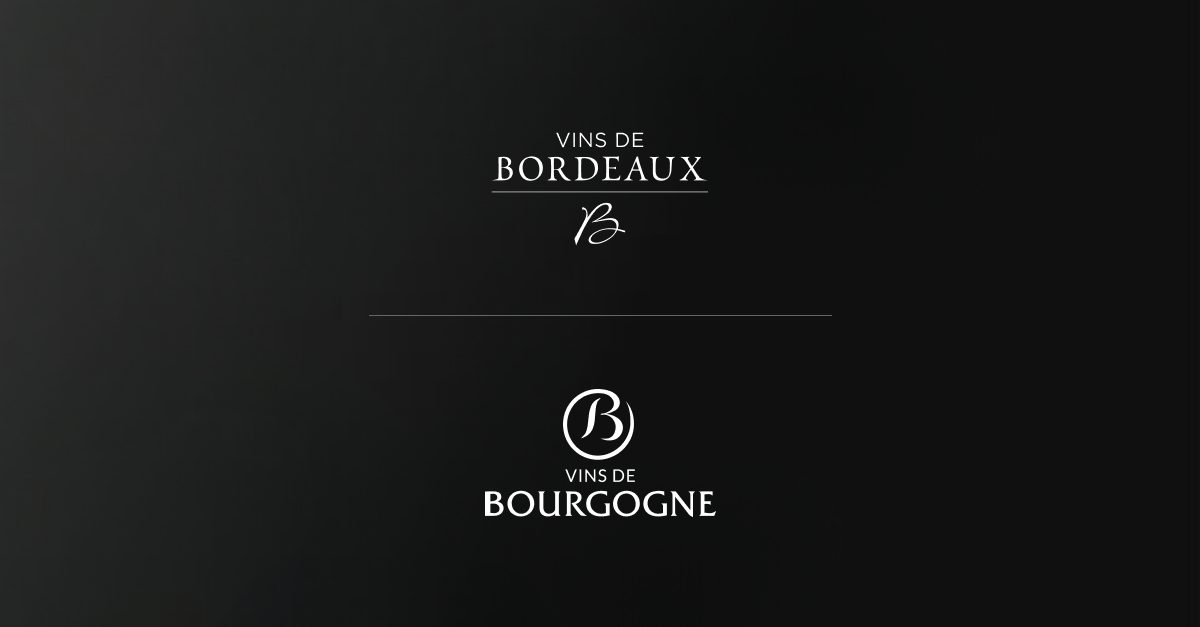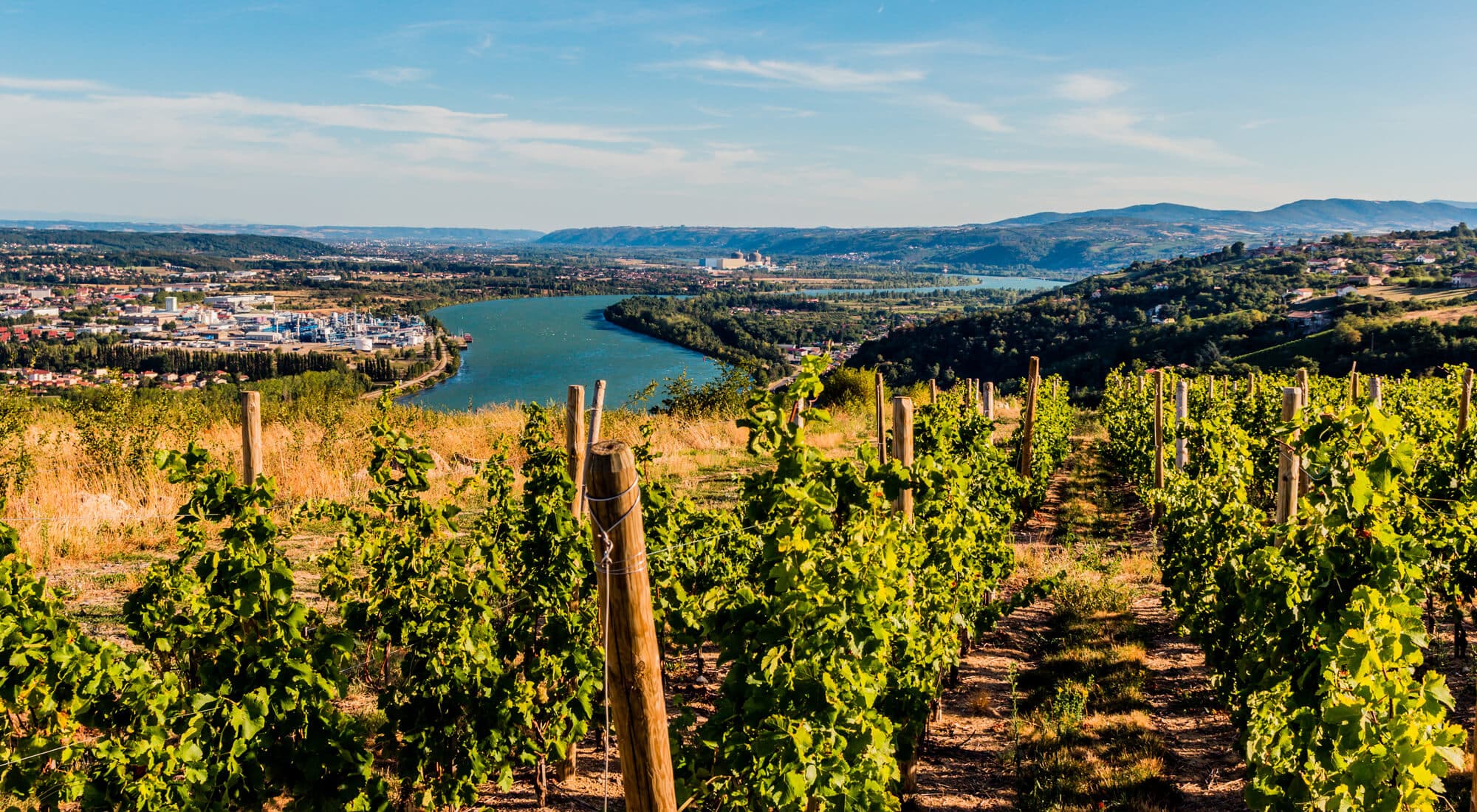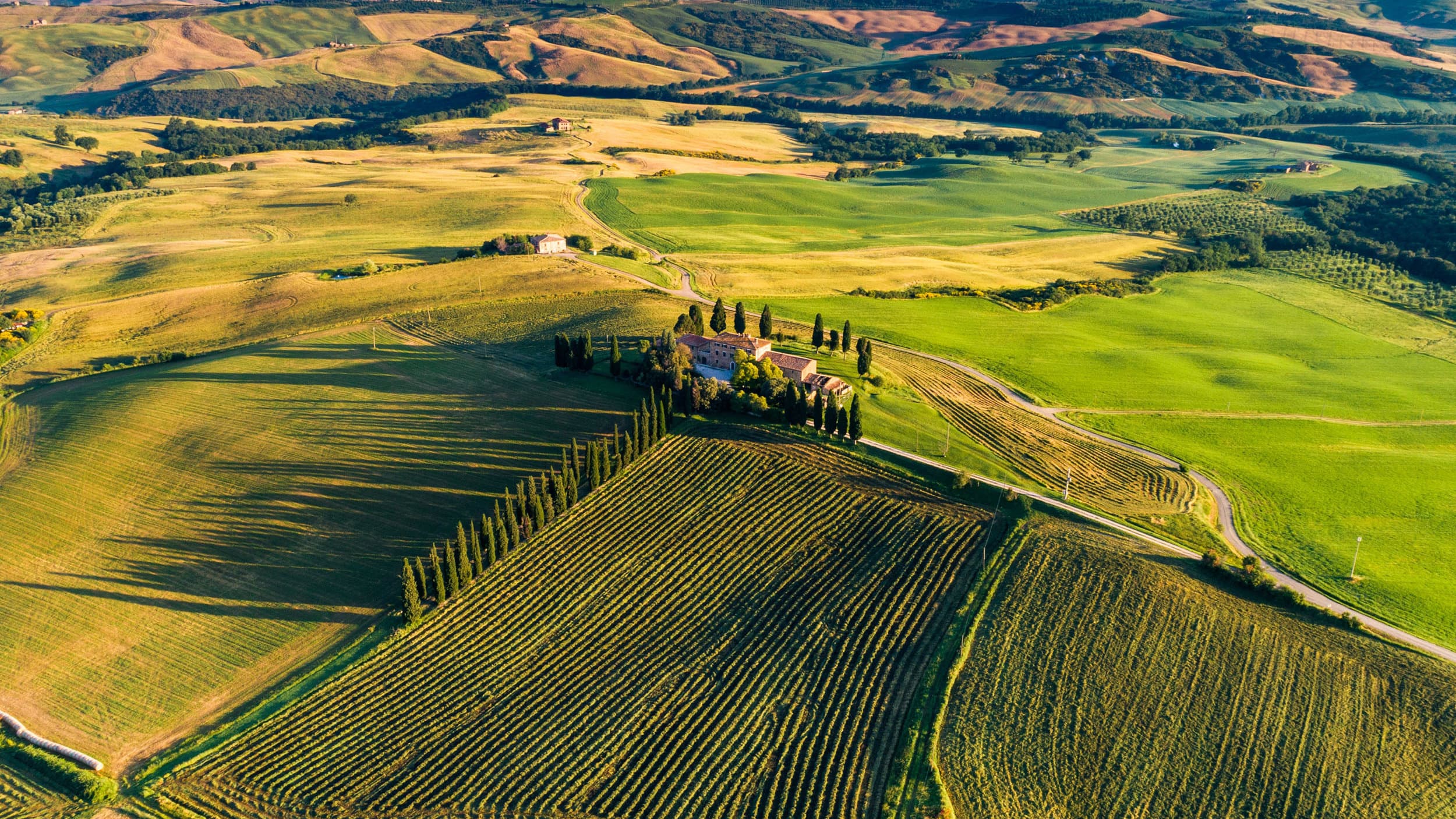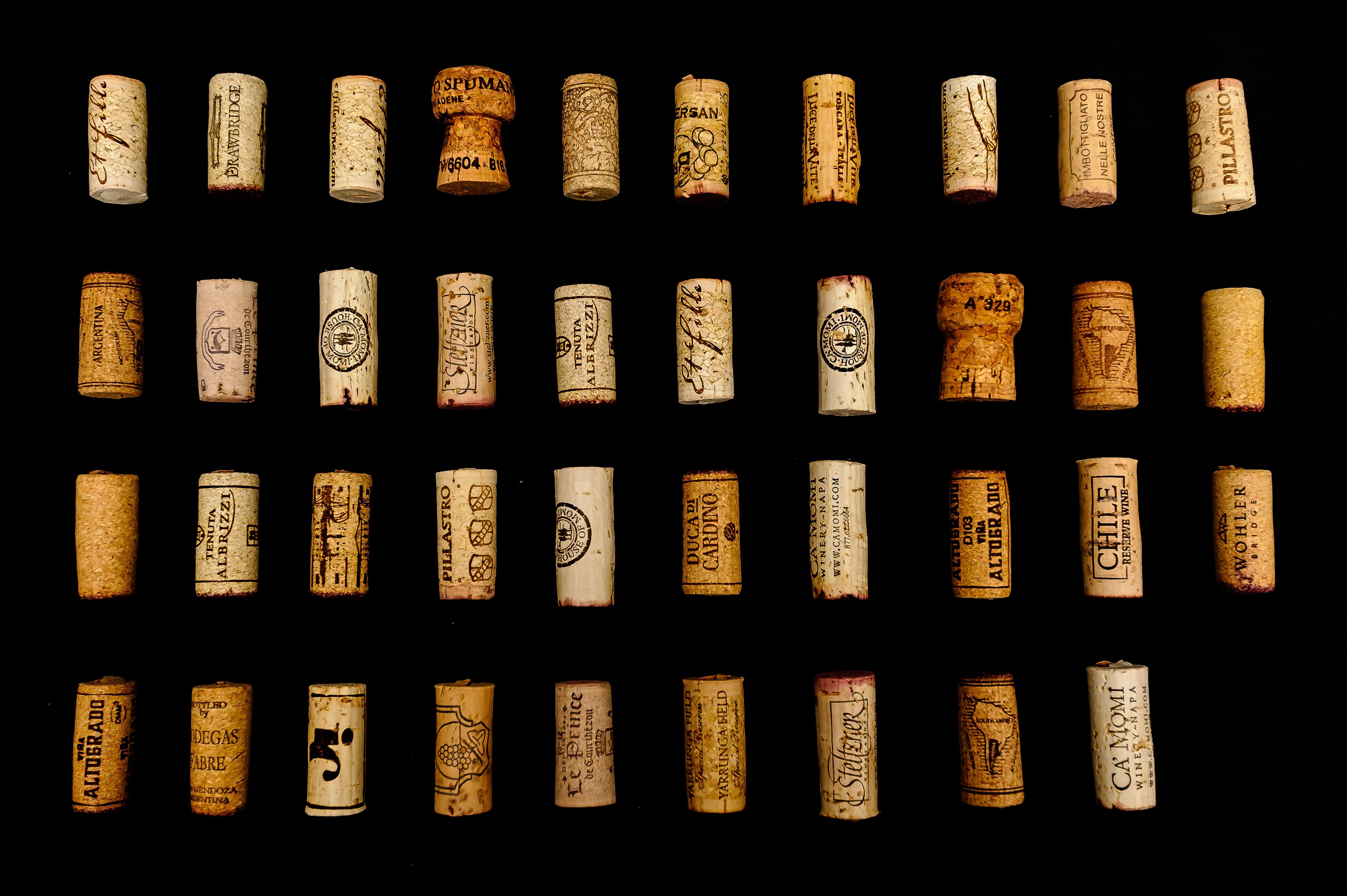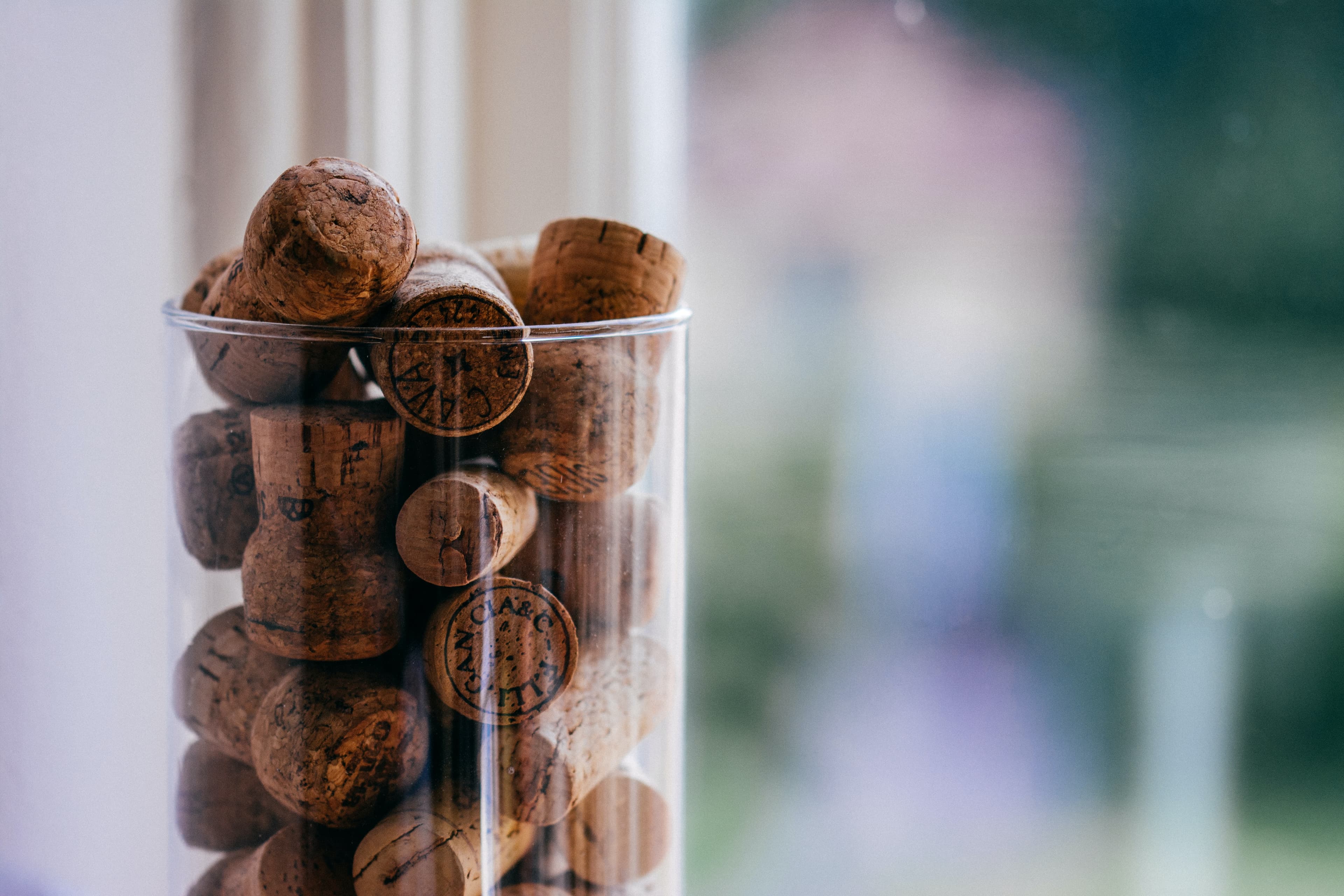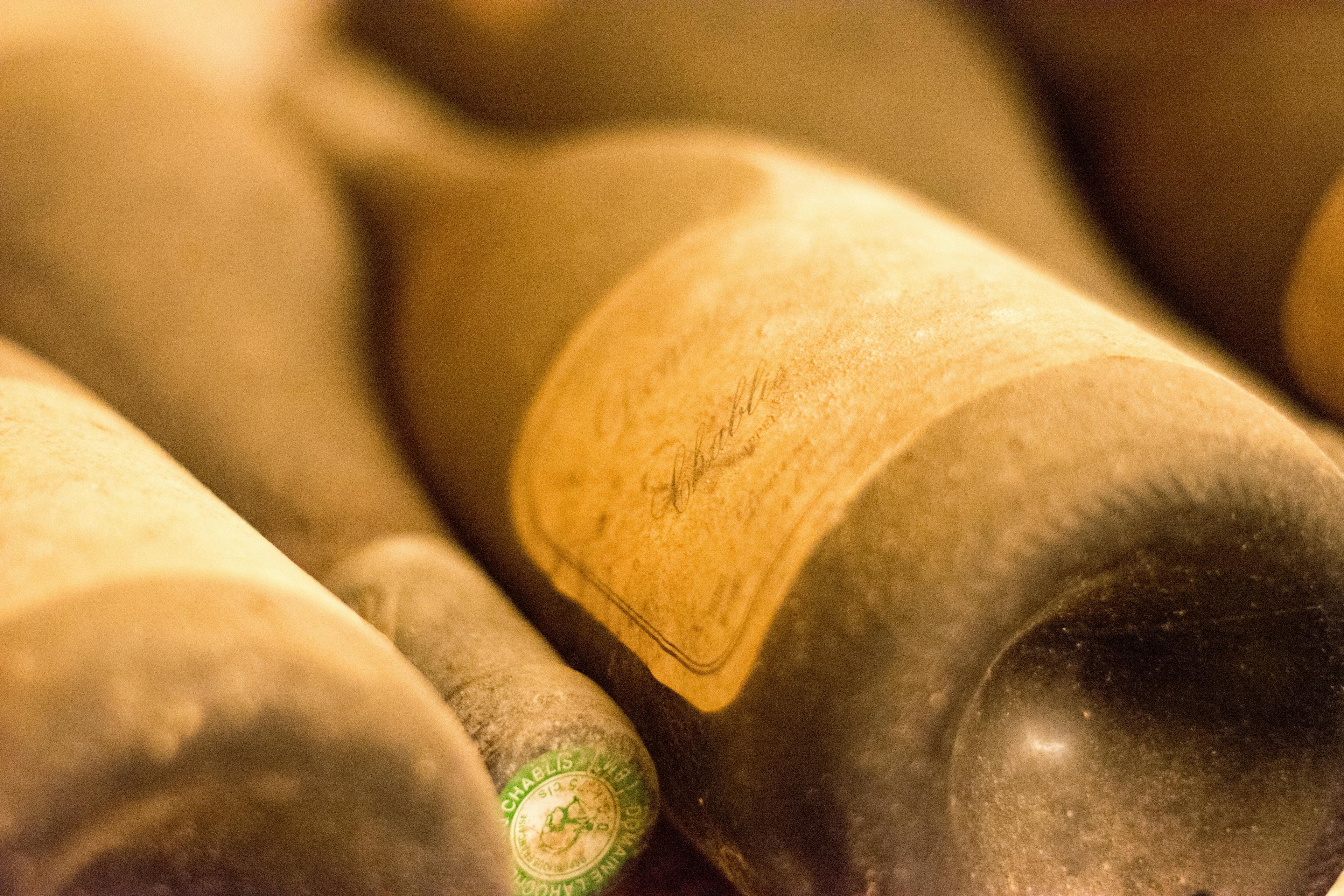
Fontodi, a distinguished name in the world of wine, particularly from the Tuscan region, offers a unique taste that captivates connoisseurs and casual drinkers alike. This article delves into the sensory experiences provided by Fontodi, exploring its complex flavor profile, aroma, and the ideal culinary pairings. Whether you're a seasoned wine enthusiast or a newcomer eager to expand your palate, understanding how Fontodi tastes can enhance your appreciation and enjoyment of this exquisite wine. We'll examine the factors that contribute to its distinctiveness, including the terroir, grape varieties, and aging processes involved.
Identifying the Flavor Profile of Fontodi
Exploring the flavor profile of Fontodi reveals a complex and rich tapestry of tastes that are highly appreciated by wine enthusiasts. Originating from the heart of Chianti Classico in Tuscany, Italy, Fontodi wines are known for their robust structure and depth. The predominant flavors include ripe cherries, blackberries, and plums, often complemented by subtle hints of tobacco and leather. These elements combine to offer a balanced and lingering finish, making each sip memorable.
Fruit Notes: The initial palate is greeted with a burst of juicy red and dark fruits.
Earthy Undertones: As the wine opens up, it unveils layers of earthy spices and herbal nuances, enhancing its complexity.
Oak Influence: Aging in oak barrels imparts a touch of vanilla and toast, which integrates seamlessly with the natural fruit flavors.
Tannin Structure: Fontodi wines typically exhibit well-rounded tannins that contribute to a smooth yet firm texture.
For optimal enjoyment, proper storage is crucial. Learn more about how to store Fontodi to preserve its distinctive character and ensure it ages gracefully.
The Impact of Tuscany’s Terroir on Fontodi’s Taste
Tuscany's unique terroir significantly influences the taste of Fontodi wines, a renowned winery in the Chianti Classico region. The area's climate, characterized by warm days and cool evenings, helps in developing the grapes' complexity and maintaining their acidity. This balance is crucial for producing wines with a robust structure and long aging potential.
Soil composition also plays a pivotal role. The presence of galestro, a schistous clay, imparts a distinct minerality to the wines, enhancing their elegance and depth. Additionally, the altitude at which Fontodi's vineyards are located allows for optimal sun exposure, contributing to the consistent ripening of grapes.
These factors combined create a favorable environment for cultivating Sangiovese, the primary grape used in Fontodi wines. The result is a portfolio of popular vintages that reflect the essence of their terroir. Wine enthusiasts often note flavors of dark cherries, earthy tones, and herbal hints, which are trademarks of this region's output. Each vintage varies slightly, yet consistently showcases the high quality and unique character imparted by Tuscany's terroir.
Aging Influence: How Fontodi Evolves Over Time
Aging significantly impacts the flavor profile and overall experience of enjoying Fontodi, a renowned Chianti Classico wine. As Fontodi ages, its characteristics transform in several notable ways:
Development of Complexity: Initially, Fontodi presents vibrant, fresh fruit flavors. Over time, these primary notes evolve into more complex tertiary aromas such as leather, tobacco, and forest floor, which are highly prized among connoisseurs.
Softening of Tannins: Young Fontodi can be quite tannic and robust. With aging, the tannins mellow out, leading to a smoother, more velvety mouthfeel. This softening enhances the wine's approachability and elegance.
Color Changes: The deep ruby color typical of young Fontodi gradually shifts towards a garnet hue. This visual change is a clear indicator of the wine's maturation process.
Enhancement of Balance: The integration of flavors, acidity, and tannins improves with age, creating a more harmonious and balanced drinking experience. This balance is crucial for the wine to reach its peak potential.
Understanding these aging effects helps in appreciating how Fontodi's quality and character are enhanced over the years, making each sip a testament to the art of fine winemaking.
Sensory Characteristics: Aroma, Taste, and Texture
Exploring the sensory characteristics of Fontodi reveals a complex profile that engages the senses in a unique way. The aroma is the first encounter, characterized by a rich bouquet of dark cherries, earthy undertones, and subtle hints of tobacco. Each scent is a testament to the craftsmanship that goes into every bottle, reflecting the meticulous attention to detail during the winemaking process.
When it comes to taste, Fontodi offers a robust flavor palette. The initial taste is often bold with fruit-forward notes, primarily dark berries, which then evolve into a sophisticated blend of spices and a slight minerality. This complexity is balanced by a refreshing acidity that enhances the wine's overall structure and longevity on the palate.
The texture of Fontodi is equally noteworthy. It presents a velvety mouthfeel, with tannins that are firm yet well-integrated, providing a smooth, lingering finish. This textural elegance makes Fontodi not only a pleasure to drink but also a versatile partner to a variety of culinary dishes. Here are a few pairings to consider:
Grilled red meats, which complement the wine’s robustness.
Aged cheeses, enhancing the intricate spice notes.
Dark chocolate, for a decadent contrast to the berry flavors.
The Balance of Acidity and Tannins in Fontodi
The balance of acidity and tannins in Fontodi creates a harmonious experience that enhances its compatibility with various dishes. Acidity in wine is crucial as it adds freshness and helps to lift the flavors of the meal. Tannins, on the other hand, provide structure and astringency, which can be softened by certain types of food pairings. This balance makes Fontodi particularly versatile in gastronomy.
Cheese: Aged cheeses such as Parmesan or Gouda, with their rich textures and saltiness, complement the structured tannins of Fontodi.
Red Meat: Dishes like grilled steak or lamb pair beautifully, as the proteins and fats in the meat soften the wine's astringency.
Pasta: Tomato-based pasta sauces are ideal, as their acidity harmonizes with that of the wine.
Dark Chocolate: For a dessert option, dark chocolate can enhance the deeper notes of Fontodi, creating a luxurious finish.
Each pairing brings out different nuances in Fontodi, making each sip a delightful exploration of flavors.
Vintage Variations and Their Impact on Flavor
Exploring the vintage variations of Fontodi reveals how each year's climatic conditions influence the flavor profile of this esteemed Tuscan wine. The characteristics of Fontodi can vary significantly from one vintage to another, reflecting the unique environmental factors at play during the grape growing season. For instance:
Temperature: Warmer years often yield wines with higher alcohol content and more robust flavors, whereas cooler years might produce wines with higher acidity and more delicate notes.
Rainfall: Vintages that experience drought conditions tend to have more concentrated flavors due to reduced grape size, while those with ample rainfall might result in lighter, more balanced wines.
Sunlight: The amount of sun exposure grapes receive can dramatically affect the phenolic ripeness, influencing tannin development and color intensity in the wine.
Each of these elements contributes to the distinctiveness of Fontodi, making each vintage a unique expression of time and place. Wine enthusiasts cherish this variability, as it adds an exciting layer of complexity to wine tasting and collection.
Describing the Finish of Fontodi Wines
Fontodi wines are renowned for their elegant and lingering finishes, a hallmark that distinguishes them in the world of fine wines. When sipping a glass of Fontodi, expect a complex array of flavors that gently taper off, leaving a memorable impression. This finish is often characterized by a subtle blend of cherry and plum notes, complemented by hints of spice and earthy undertones.
Persistence: The flavors persist long after the wine has left the palate, a testament to the quality and craftsmanship behind each bottle.
Balance: Despite the richness of the flavors, there is a remarkable balance with the acidity, which ensures that the finish is never too overpowering.
Evolution: As the wine lingers, it evolves, unveiling new layers of taste and aroma, which makes each sip a discovery.
For those interested in the history of Fontodi, it's fascinating to explore how the winemaking techniques and regional characteristics contribute to the unique finishes of these wines. Each bottle tells a story of tradition and innovation, rooted deeply in the Tuscan soil.
Comparison with Other Tuscan Wines
Exploring the taste profile of Fontodi in comparison to other Tuscan wines reveals a fascinating spectrum of flavors and characteristics unique to the region. Fontodi, known for its robust structure and complex aromas, often presents a stark contrast to its Tuscan counterparts, which may exhibit lighter or more floral notes.
Sangiovese Dominance: Like many Tuscan wines, Fontodi is primarily Sangiovese-based, offering a deep cherry flavor and earthy undertones. However, Fontodi typically showcases a more pronounced tannic backbone, making it excellent for aging.
Barrel Influence: Aging in oak barrels imparts Fontodi with a distinctive vanilla and spice character, differing from some regional wines aged in different wood types or for shorter periods, which might retain more of the grape’s original fruitiness.
Climatic Impact: The microclimate of the Chianti Classico region, where Fontodi is produced, allows for more concentrated fruit flavors compared to cooler areas of Tuscany. This concentration enhances the wine’s complexity and longevity.
For those interested in experiencing the full potential of Fontodi, learning how to serve it properly can significantly enhance its enjoyment, ensuring that each sip delivers the richness and depth characteristic of this esteemed Tuscan wine.
How Experts Describe the Taste of Fontodi
Experts often use vivid descriptions to capture the essence of Fontodi, a renowned Chianti Classico wine known for its robust flavor profile and aromatic complexity. Here are some ways connoisseurs characterize this exquisite wine:
Rich and Full-Bodied: Fontodi is celebrated for its depth and structure, offering a palate-coating richness that is both intense and satisfying.
Complex Aromatics: With each sniff, layers of aromas unfold, revealing hints of dark cherries, ripe plums, and subtle earthy undertones.
Elegant Tannins: The tannins in Fontodi are well-integrated and smooth, providing a silky texture that complements its powerful flavors.
Long Finish: A hallmark of quality, Fontodi leaves a lingering taste that continues to evolve, inviting another sip.
Balanced Acidity: This wine strikes a perfect balance with its acidity, which helps to lift the flavors and refresh the palate.
For more detailed facts about Fontodi, including its vinification process and aging potential, wine enthusiasts can explore further through dedicated wine resources and reviews.
The Influence of Winemaking Techniques on Flavor
Fontodi, a renowned winery in the Chianti Classico region of Tuscany, is celebrated for its distinctive flavors, which are significantly shaped by its winemaking techniques. Understanding these methods provides insight into the complex profiles of their wines.
Grapes Selection: Fontodi strictly selects only the best Sangiovese grapes, ensuring high-quality raw material. This initial choice is crucial as it influences the robustness and flavor complexity of the wine.
Fermentation Process: The winery employs natural yeast for fermentation, enhancing the wine's authenticity and adding unique flavor notes that synthetic yeasts might not offer. This method allows for a more organic development of taste.
Aging Approach: Fontodi's wines are aged in oak barrels, which impart subtle woody notes and tannins, enriching the wine's texture and depth. The duration of aging varies, affecting the intensity and character of the final product.
Bottle Maturation: Before release, wines undergo bottle maturation, a critical phase where flavors continue to evolve and meld. This period is essential for achieving the desired balance and complexity in the wine's profile.
Each of these techniques contributes to the distinctive, rich flavors that Fontodi wines are known for, making them highly sought after by connoisseurs and enthusiasts alike.
Conclusion
In conclusion, exploring the taste profile of Fontodi wines reveals a delightful journey through one of Chianti Classico's most esteemed vineyards. With their robust structure, complex aromas, and ability to age gracefully, Fontodi wines are a testament to the craftsmanship and dedication of their makers. Whether you're a seasoned wine collector or a newcomer eager to explore high-quality Tuscan wines, Fontodi offers a compelling palette that promises to enrich your wine experience.
At Rekolt, we understand the importance of not only enjoying such exquisite wines but also the potential for investment and collection. That's why we offer specialized services like professional cellar storage to ensure that your Fontodi wines, along with any other selections from our extensive collection, are preserved under optimal conditions. This service not only enhances the longevity and taste of your wines but also provides a seamless solution for those looking to resell or trade in the future. With Rekolt, you can rest assured that your wine portfolio is managed with the utmost care, allowing you to enjoy the rich tastes of Fontodi today and secure a valuable asset for tomorrow.
Share this article
